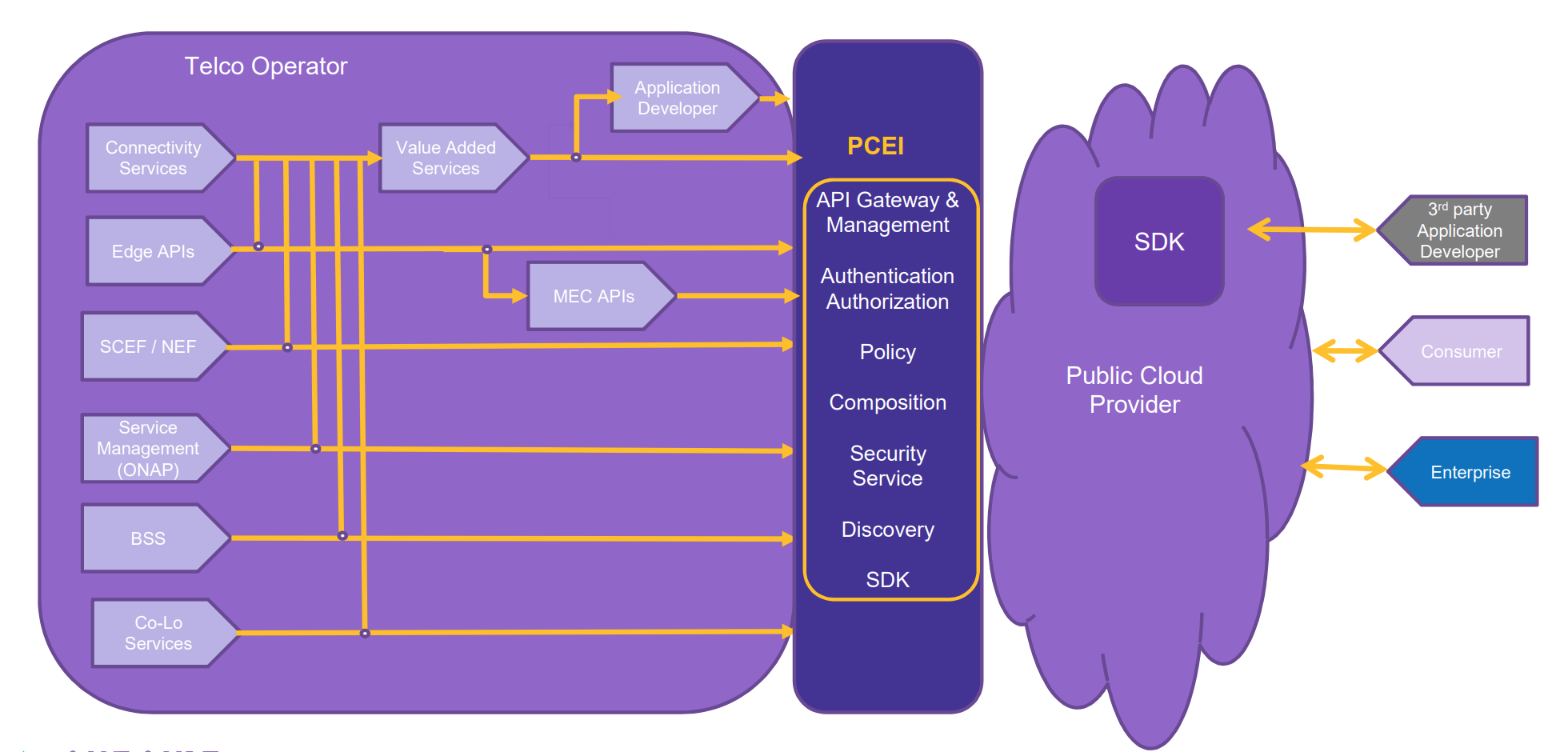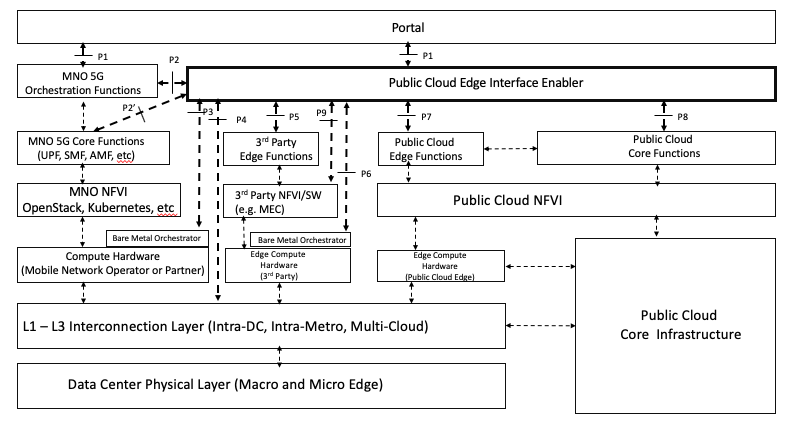//template
Blueprint overview/Introduction
<Purpose- it should introduce what the blue print is about, industry, business use case, applications and where it sits on the edge infrastructure>
<It should be readable by a semi technical audience , e.g. product marketing, business account executives etc>
Use Case
<use case 1>
<use case 2>
<use case 3>
Where on the Edge
Business Drivers
Overall Architecture
<This could inform the non-technical audience, but now is more geared towards a more engaged, technical audience>
< Blue print's relation to Akraino generic architecture, how it relates to it >
< This section will use the Akraino architecture document as reference>
Platform Architecture
<Hardware components should be specified with model numbers, part numbers etc>
Software Platform Architecture
<Software components with version/release numbers >
<EDGE Interface>
<ETSI MEC Interaction>
APIs
APIs with reference to Architecture and Modules
High Level definition of APIs are stated here, assuming Full definition APIs are in the API documentation
Hardware and Software Management
Licensing
GNU/common license
Introduction and Purpose of the PCEI Architecture
The purpose of Public Cloud Edge Interface (PCEI) Blueprint family is to specify a set of open APIs for Telco Edge Blueprints to expose towards Public Cloud Service Provider instances at the Edge. As Public Cloud Service Providers deploy Edge instances to better serve their end users and applications, Telco Edge deployments offer many opportunities for collaboration by exposing their network capabilities to provide value added services.
Currently the challengers includes:
- How to combine the public cloud management interface with telco orchestration interface?
- How to open more telco abilities to public cloud and support the DevOps?
- How to manage and monitor these different APIs in an efficient ways?
- How to guarantee security such as avoid the DDOS or SQL injection attack to telco core network?
- How best to leverage network capabilities to provide value added services?
- Can public cloud use the same APIs towards multiple telco cloud edge instances
This BP family is trying to resolve these challengers for both telco and hyperscalers.
High level architectural view:
Architecture as following. This BP will bring a new "Enabler" layer as PCEI between the Telco network and public cloud platform on edge. The PCEI layer is responsible for :
- API Gateway & Management
- Authentication
- Policy
- Composition
- Security services
- Discovery
- SDK
In southbound, this layer will encapsulate the core network capabilities, interwork with BSS/OSS/management system from telco operators. We first suggest to deploy this layer on telco's edge hardware resource.
And in northbound, it provides RESTFUL APIs and SDKs to be called and integrated by public clouds.
PCEI Reference Architecture and Interface Reference Points
The PCEI Enabler is expected to provide Multi-Domain Interworking capabilities between the following domains:
- The Mobile Network Operator (MNO) Domain
- The Public Cloud (PC) Domain. This includes the following sub-domains:
- The Public Cloud Core (PCC)
- The Public Cloud Edge (PCE)
- The 3rd Party Edge (3PE) Domain
- The Interconnection of Core and Edge (ICE) Domain
- The Data Center Facility (DCF) domain
The following figure shows high-level relationships between the domains:
The PCEI Reference Architecture and the Interface Reference Points (IRP) are shown in the figure below. Note the this figure also provides a component level view of the PCEI Architecture:
Objectives
provide an end to end deployment with this enable layer between telco and public cloud.
Components of Public Cloud Edge Interface
xxx

